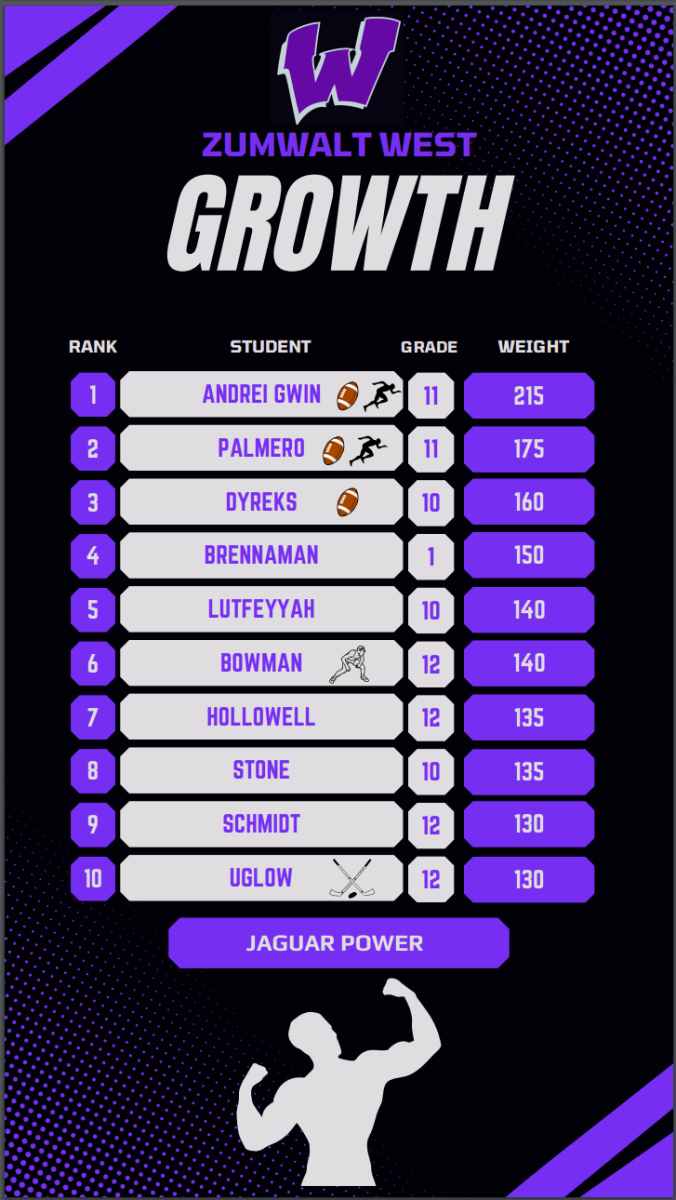Coming to America
The immigration process can be convoluted and hard to understand, but the laws can be broken down into subsections.
People and families often come to the United States to find jobs, refuge or a better life.
he topic of immigration in the United States has led to an abundance of controversy. Some Americans believe immigration is to blame for lack of jobs for Americans. On the other hand, many think that the influx in population will help grow the economy and help businesses because there is more consumerism.
In President Donald Trump’s opinion, immigrants are having a negative impact on the U.S. and it needs to get under control. His solution to this epidemic is to build a wall dividing the U.S. and Mexico to attempt to regulate the amount and ways people are getting into America. Thousands of people have divided ideas as to what will help this crisis, but even more wonder which will work to maintain a safe land that allows people to pursue their idea of life, what makes them happy, and how to be free.
The Immigration and Nationality Act (INA) is divided into titles, chapters and sections. Although it stands alone as a body of law, the act is also contained in the United States Code. The code is a collection of all the laws of the United States. It is arranged in fifty subject titles by general alphabetic order according to uscis.gov. Immigration to the United States is based upon the following principles: the reunification of families, admitting immigrants with skills that are valuable to the U.S. economy, protecting refugees and promoting diversity, according to americanimmigrationcouncil.org.
Family-Based Immigration
The family-based immigration category allows U.S. citizens to bring certain family members to the United States. Family-based immigrants are admitted as immediate relatives of U.S. citizens or put in the family preference system. Immediate relatives include spouses of U.S. citizens, unmarried minor children of U.S. citizens and parents of U.S. citizens. A limited number of visas are available every year under the family preference system, but prospective immigrants must meet standard eligibility criteria, and petitioners must meet certain age and financial requirements.
Employment-Based
People are also allowed entry if they possess work skills that would be beneficial to the U.S. such as the ability to do challenging labor or working for extraction of natural resources, military, or the arts. This admittance is granted in temporary or permanent visas.
Immigration laws
The INA limits how many immigrants are permitted in the United States from a specific country. Groups of permanent immigrants from a single country cannot exceed seven percent of the total of people coming to the United States in a single fiscal year, this is set to prevent any immigrant group from dominating immigration patterns to the United States.
Refugees
Admitted to the United States based upon an inability to return to their home countries because of a “well-founded fear of persecution” due to their race, membership in a particular social group, political opinion, religion or national origin. Refugees apply for admission from outside of the United States, generally from a “transition country” that is outside their home country. The admission of refugees turns on numerous factors, such as the degree of risk they face and membership in a group that is of special concern to the United States according to americanimmigrationcouncil.org.
Humanitarian Relief
This granted to people who are in the United States but cannot return to their home country because of a natural disaster or ongoing armed conflict. Temporary status is granted to a country for six, 12 or 18 months and can be extended beyond that if unsafe conditions in the country persist.
Citizenship
In order to qualify for U.S. citizenship through naturalization, an individual must have had a green card for at least five years.
















































